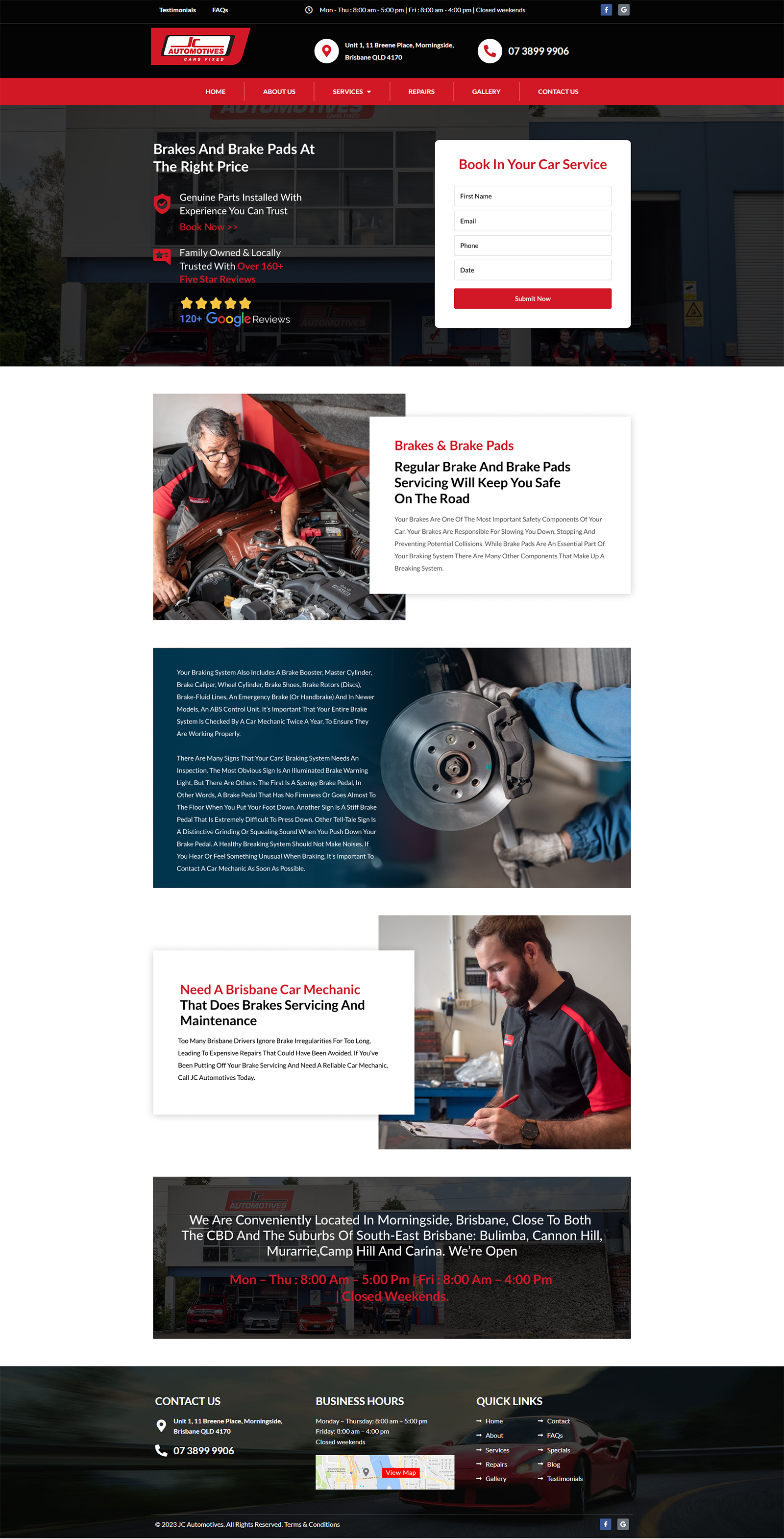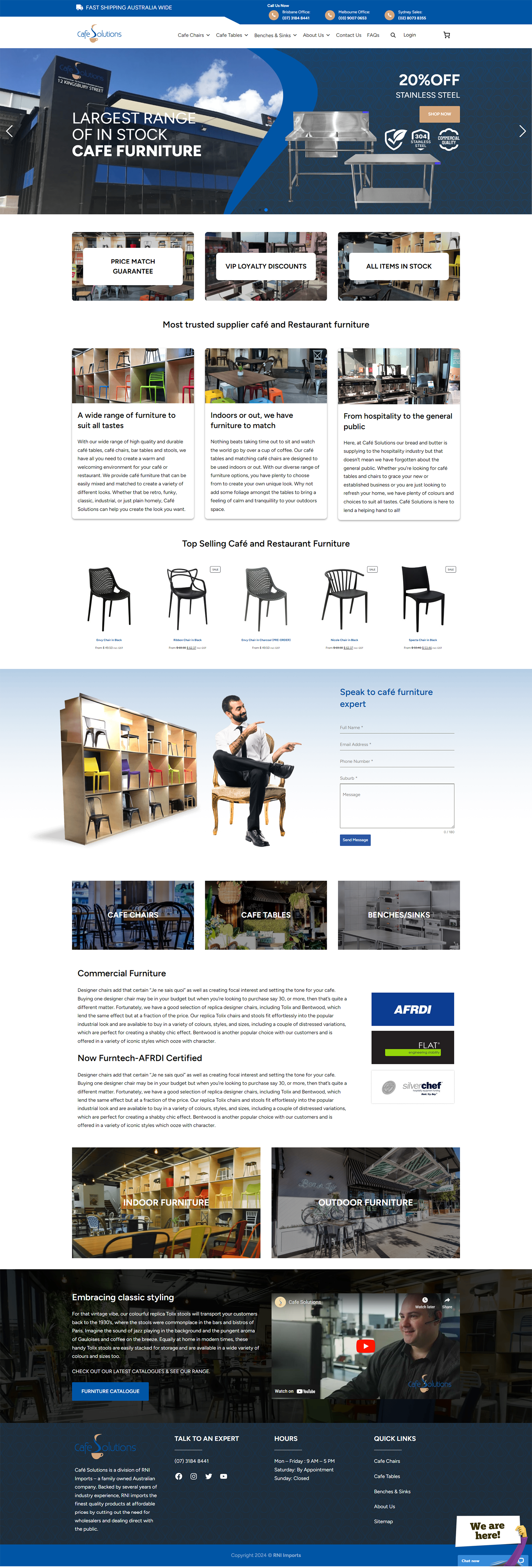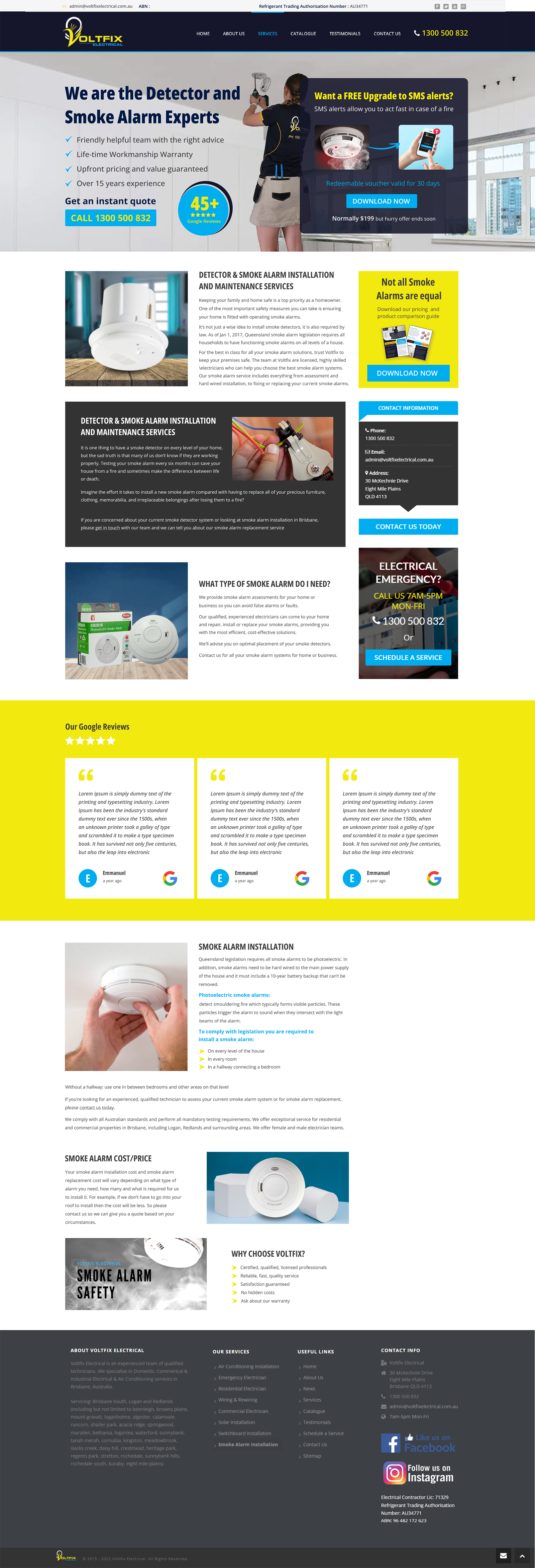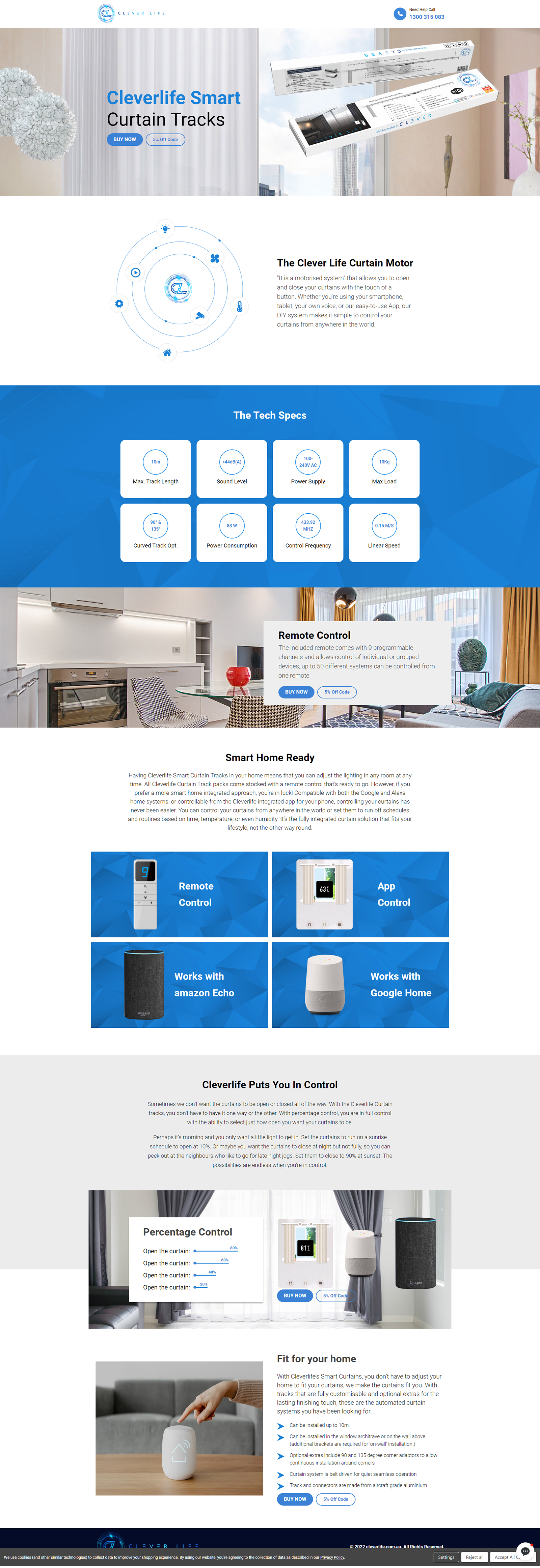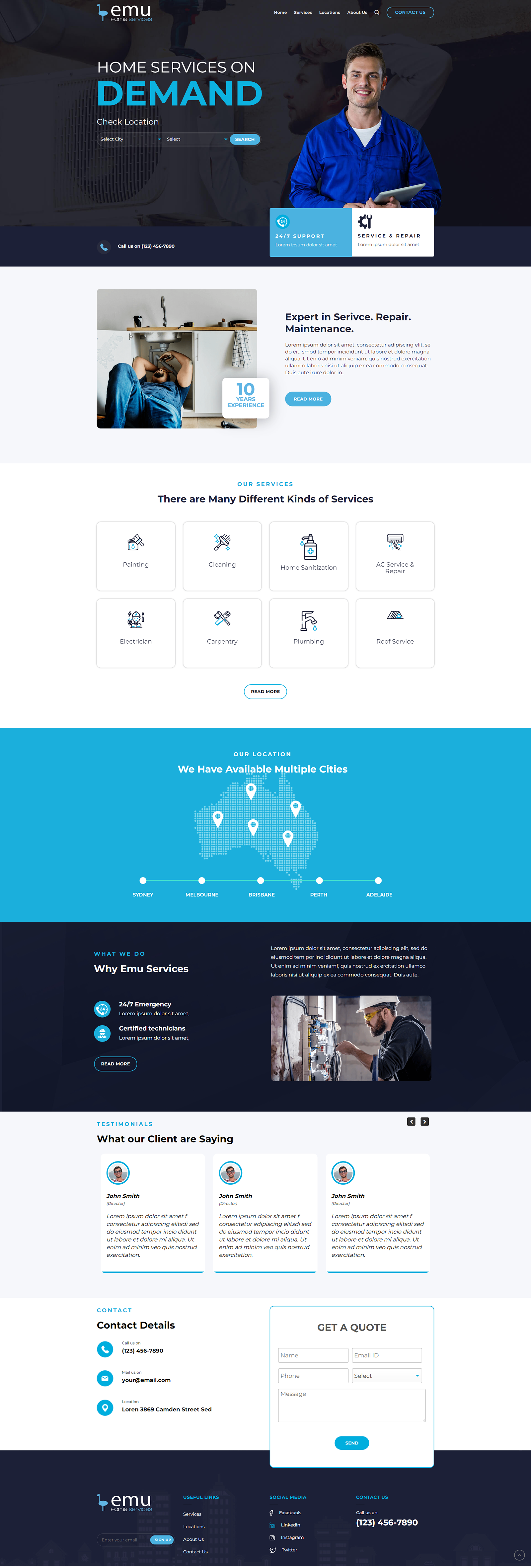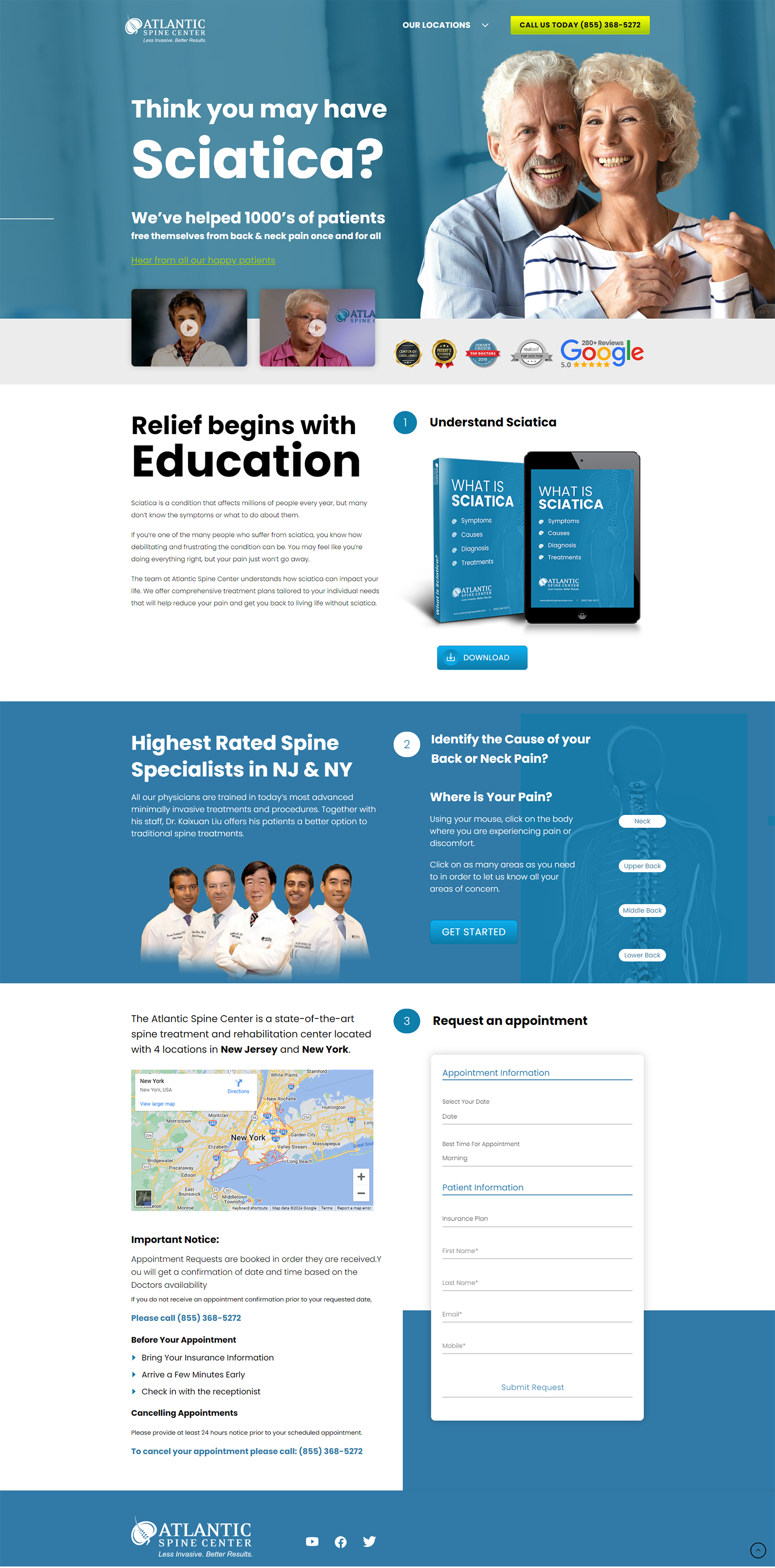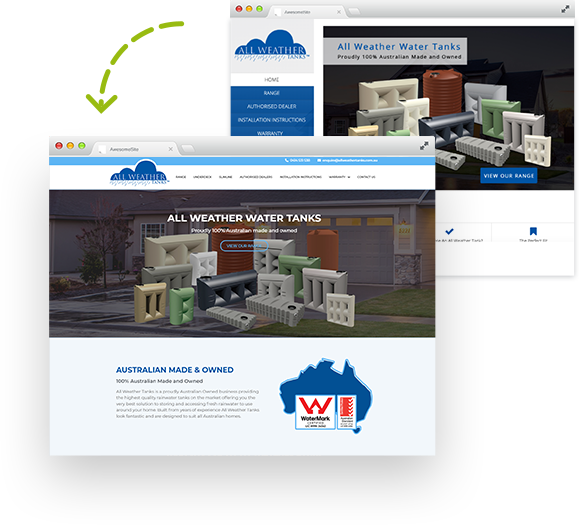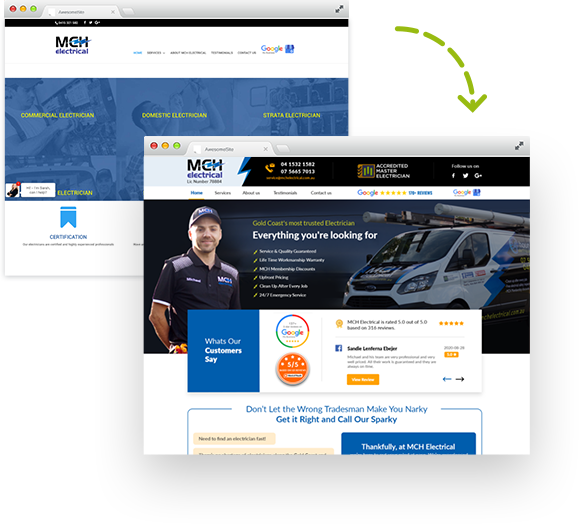Website speed matters more than ever. A slow site drives visitors away, increases bounce rates and can seriously hurt your search engine rankings. In today’s fast-paced digital world, users expect a website to load within seconds—any delay can mean lost traffic and lost revenue. Google also considers page speed a ranking factor, meaning a slow site won’t just frustrate users but could also push your website down in search results. Kick Media understands the importance of a fast website and is here to help you optimise load times for better performance, higher rankings and improved conversions. Here are six easy strategies to speed up your website effortlessly.
Why Website Speed Matters for SEO and User Experience
Your website’s speed directly affects how users and search engines perceive your site. A fast-loading site keeps visitors engaged, while a slow one drives them away. Search engines like Google also favour quicker websites, making speed a crucial factor in online success.
Google’s Ranking Factor – Why Speed Impacts Search Visibility?
Google rewards fast websites with higher rankings. Its algorithms prioritise sites that load quickly because speed directly affects user experience. A fast-loading website ensures users stay engaged, reducing bounce rates and increasing the chances of conversions. Additionally, Google’s Core Web Vitals focus on loading performance, interactivity and visual stability—key metrics that determine your site’s search ranking.
If your site is sluggish, Google’s crawlers may also take longer to index your pages, affecting how frequently your content appears in search results. A well-optimised, fast website signals to search engines that your content is reliable, relevant and user-friendly, improving your visibility online.
How Slow Loading Times Increase Bounce Rates and Reduce Conversions?
A slow website can drive visitors away before they even see your content. Studies show that most users leave a site if it takes more than a few seconds to load. This increases bounce rates and reduces the chances of converting visitors into customers.
When users encounter slow-loading pages, they often lose patience and abandon the site entirely. This not only affects engagement but also hurts credibility and trust. A sluggish site can make potential customers think your business is outdated or unreliable, leading them to choose competitors with faster, smoother experiences.
Mobile-First Indexing – Why Speed is Even More Critical on Mobile?
With more people browsing on mobile devices, Google prioritises mobile performance in its rankings. If your mobile site is slow, you’ll struggle to rank well, no matter how great your content is. A fast-loading mobile experience keeps visitors engaged and improves your search visibility.
Mobile users often rely on slower internet connections, meaning an unoptimised site can take even longer to load. Slow mobile performance leads to higher bounce rates, as users quickly abandon frustratingly sluggish pages. Since Google’s mobile-first indexing evaluates and ranks your site based on its mobile version, having a fast and responsive mobile site is no longer optional—it’s essential.
6 Proven Strategies to Improve Website Speed
A fast website ensures a smooth user experience, better SEO rankings and higher conversions. The good news? You don’t need to be a tech expert to improve your website’s speed. By implementing a few key strategies, you can significantly enhance load times and keep visitors engaged. Let’s dive into six proven ways to optimise your site for speed and performance.
1. Optimise Images Without Losing Quality
Large image files slow down websites by consuming more bandwidth. The key is to compress images without losing clarity. By using the right file formats and compression techniques, you can reduce image size while maintaining visual appeal.
Another effective strategy is implementing responsive images that adjust to different screen sizes. This ensures mobile users don’t load unnecessarily large images, further improving performance. Additionally, consider using modern image formats that offer better compression without sacrificing quality.
2. Enable Browser Caching for Faster Repeat Visits
Browser caching allows visitors to store certain elements of your website—such as images, stylesheets and scripts—on their device. This means that when they return, their browser doesn’t have to reload everything from scratch, significantly reducing load times.
Setting up browser caching involves configuring expiration dates for specific files. This tells browsers how long they should store elements locally before fetching fresh versions. Implementing caching correctly can drastically improve user experience, especially for repeat visitors.
3. Use a Content Delivery Network (CDN) for a Global Speed Boost
A Content Delivery Network (CDN) helps speed up your website by distributing content across multiple servers worldwide. Instead of loading everything from a single server, a CDN serves your site from the server closest to the visitor, reducing latency and improving performance.
CDNs not only enhance loading speed but also provide additional security by mitigating traffic spikes and cyber threats. If your website attracts a global audience, a CDN is an essential tool for maintaining fast and consistent performance across different regions.
4. Reduce Server Response Time with a Better Hosting Provider
Your hosting provider plays a crucial role in website speed. Cheap or shared hosting often leads to slow response times due to overloaded servers. Upgrading to a reliable hosting provider with fast servers ensures better performance, uptime and speed.
Choosing the right hosting plan—such as VPS or dedicated hosting—provides more server resources and faster processing power. Additionally, managed hosting services often include automatic updates and optimisations, helping you maintain peak website performance effortlessly.
5. Implement Lazy Loading for Images and Videos
Lazy loading is a technique that loads images and videos only when they are about to appear on the user’s screen. Instead of loading all media elements at once, lazy loading prioritises content that users actively engage with, significantly improving initial page load times.
This method is especially useful for content-heavy websites, blogs and eCommerce stores with multiple images. By reducing the number of elements loaded upfront, lazy loading enhances website speed and reduces bandwidth consumption.
6. Monitor and Test Website Speed Regularly
Regular website speed testing helps identify performance issues before they impact user experience. By analysing load times and fixing bottlenecks, you can keep your site running smoothly and efficiently.
There are various tools available to test page speed, measure performance metrics and provide actionable insights. By monitoring speed regularly and making necessary adjustments, you ensure your website remains fast, competitive and optimised for search engines.
Fast-Loading Websites for Business Growth – Kick Media Can Help
A fast website isn’t just about ranking higher on Google—it’s about keeping visitors engaged and converting them into customers. Kick Media specialises in website speed optimisation, helping businesses improve load times, user experience and SEO performance. If you’re ready to make your website faster and boost your online success, get in touch with Kick Media today!







